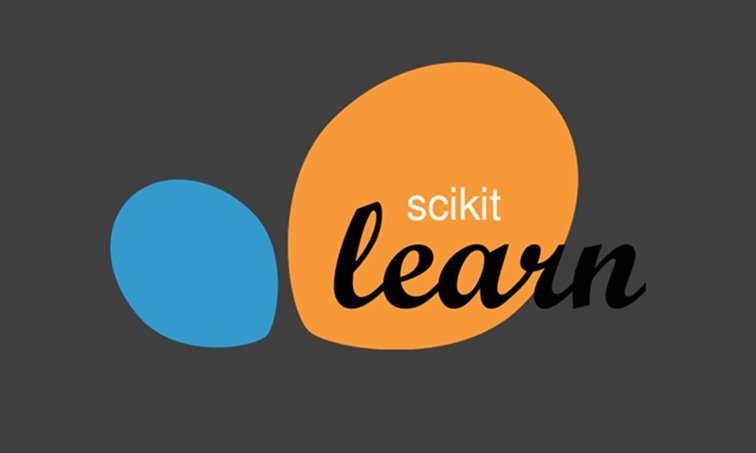Table of Contents
If you’re an IT engineer delving into the world of machine learning, you’ve likely heard of Scikit-learn. This Python library is a go-to for many in the field, offering tools for data mining, data analysis, and machine learning. But did you know that Scikit-learn can also serve as a starting point for deep learning projects? Let’s dive into how you can leverage Scikit-learn for deep learning, with practical examples to help you along the way.

What is Scikit-learn?
Scikit-learn is a robust Python library designed for both beginners and experts in machine learning. It offers simple and efficient tools for data analysis and modeling, and it’s built on top of NumPy, SciPy, and Matplotlib. Its wide range of algorithms, from regression to clustering, makes it incredibly versatile. However, when it comes to deep learning, Scikit-learn might not be the first tool that comes to mind.
Why Use Scikit-learn for Deep Learning?
You might wonder, “Why use Scikit-learn for deep learning when there are other specialized libraries like TensorFlow or PyTorch?” The answer lies in its simplicity and integration. Scikit-learn is ideal for engineers who want to get their feet wet in deep learning without diving into the complexities of more advanced libraries.
With Scikit-learn, you can quickly prototype models, preprocess data, and even integrate deep learning models built with other libraries. For IT engineers, this can be a game-changer, allowing you to bridge traditional machine learning with deep learning techniques seamlessly.
Getting Started: Building a Simple Neural Network
Let’s start with a basic example: building a simple neural network using Scikit-learn. Although Scikit-learn doesn’t natively support deep neural networks, you can still create a basic one using the MLPClassifier or MLPRegressor from the library.
Step 1: Importing the Necessary Libraries

Step 2: Loading and Preprocessing the Data
For this example, we’ll use the digits dataset, which is a simple image dataset for digit recognition.

Step 3: Building and Training the Model
Now, let’s build our neural network model using MLPClassifier.

Step 4: Evaluating the Model
Finally, let’s evaluate the model’s performance on the test set.

And there you have it—a simple neural network using Scikit-learn! While this example is relatively basic, it showcases how Scikit-learn can be utilized for deep learning tasks.

Real-Life Applications
Now that we’ve covered the basics, let’s look at a real-life example where you might use Scikit-learn in conjunction with deep learning.
Example: Fraud Detection in Financial Transactions
Imagine you’re working as an IT engineer at a bank, tasked with detecting fraudulent transactions. You can start by using Scikit-learn to preprocess the data, which might include cleaning up missing values, encoding categorical features, and scaling numerical data.
Once the data is ready, you could initially train a traditional machine learning model like a Random Forest to detect patterns. However, as the complexity of fraud increases, you might find that a deep learning model is more effective.
This is where Scikit-learn’s integration capabilities shine. You can build a deep learning model using TensorFlow or PyTorch and then integrate it with your existing Scikit-learn pipeline. This allows you to keep the simplicity of Scikit-learn for data processing and model evaluation, while leveraging the power of deep learning for prediction.
Moving Beyond Scikit-learn: When to Transition
While Scikit-learn is excellent for learning and prototyping, there comes a time when you might need to move to more advanced tools. If your deep learning model needs more complex architectures, such as convolutional neural networks (CNNs) or recurrent neural networks (RNNs), transitioning to TensorFlow or PyTorch becomes necessary.
However, the skills you gain with Scikit-learn will still be valuable. Understanding data preprocessing, model evaluation, and hyperparameter tuning in Scikit-learn gives you a strong foundation to build upon when working with more advanced libraries.
Conclusion
Scikit-learn is more than just a machine learning library; it’s a versatile tool that can help IT engineers like you bridge the gap between traditional machine learning and deep learning. Whether you’re building simple neural networks or integrating deep learning models into your machine learning pipeline, Scikit-learn offers the simplicity and functionality you need to get started.
For IT engineers looking to expand their skillset, Scikit-learn is an excellent starting point. So, fire up your Python environment, start experimenting, and see how far you can take your deep learning projects!




Leave a Reply